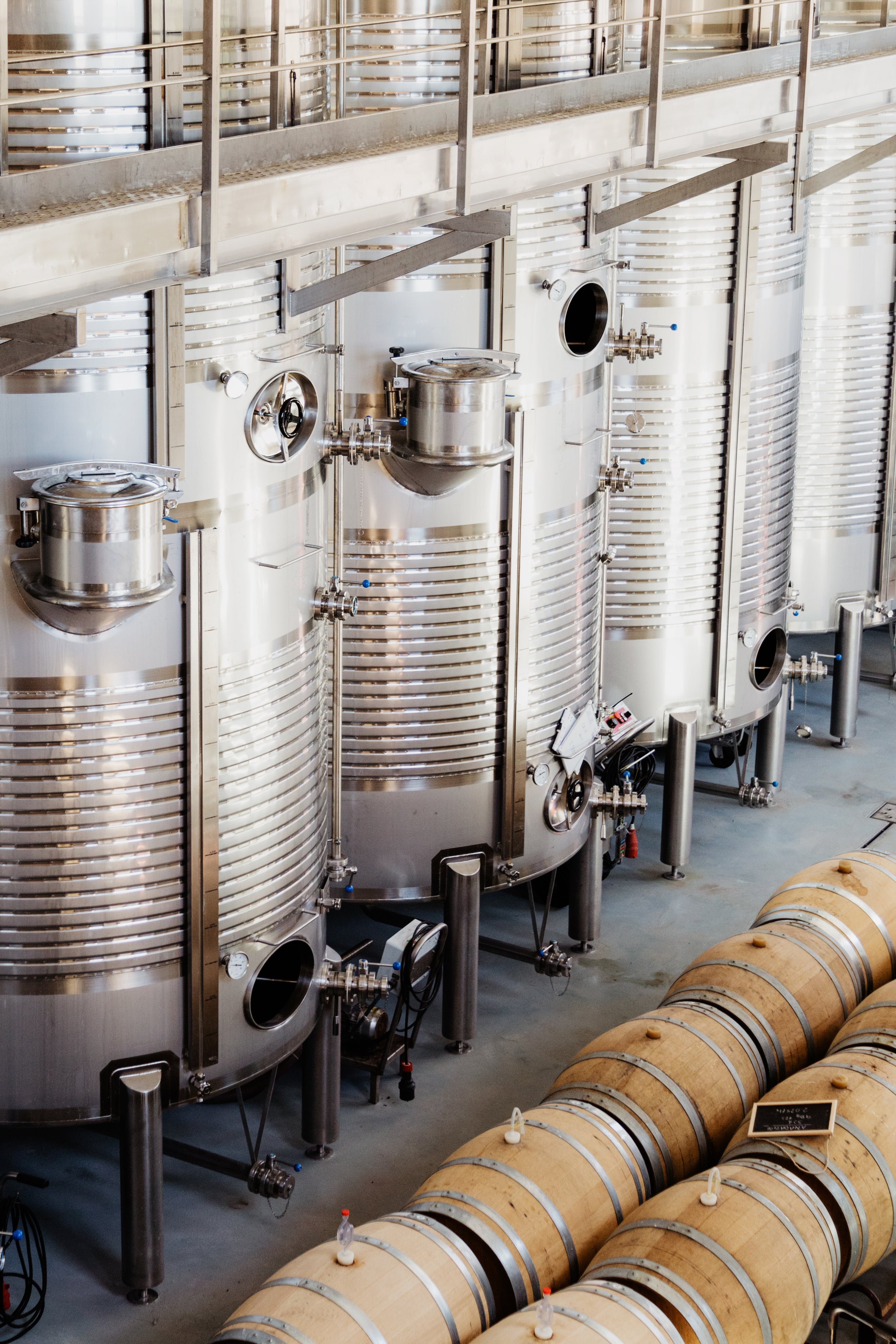Skip to product grid
-
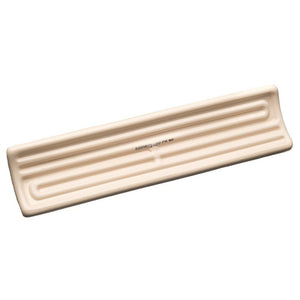
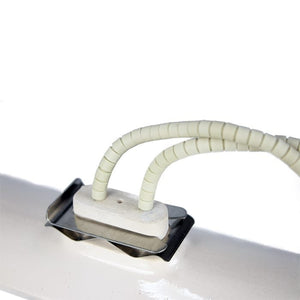
Full Size Ceramic Infrared Heating Element | 245 x 60mm – Energy-Efficient & Durable
Regular price From £14.52Regular price -
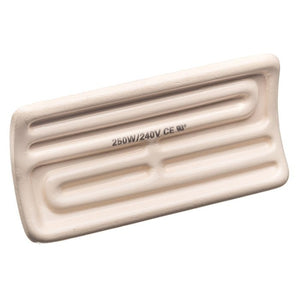
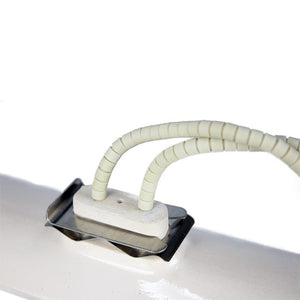
Half Size Ceramic Infrared Heating Element | 125 x 60mm – Energy-Efficient & Durable
Regular price From £12.60Regular price -
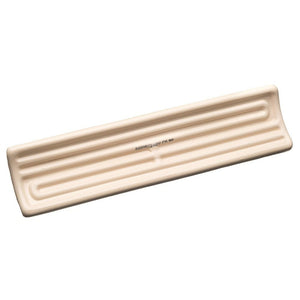
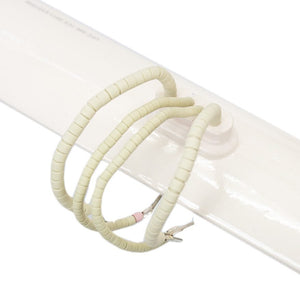
Full Size Ceramic Infrared Heating Element (245x60mm) with K-Type Thermocouple – Precision Temperature Control
Regular price From £19.32Regular price -
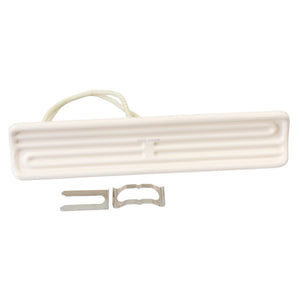
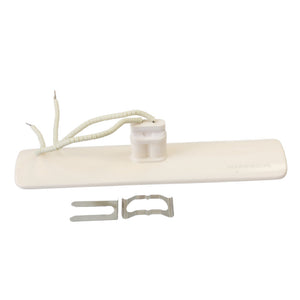
Dimplex Ceramic Element 1000w CXD2000 18277/0
Regular price £46.80Regular price -
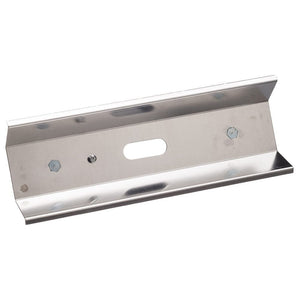
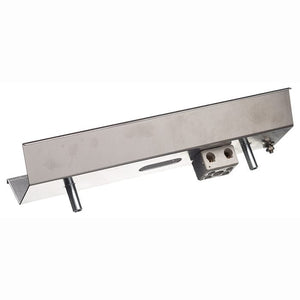
Ceramic Element Reflector
Regular price From £10.20Regular price -
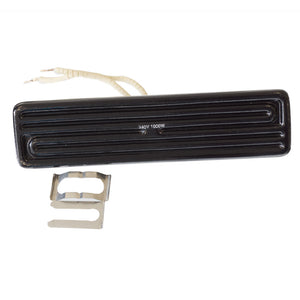
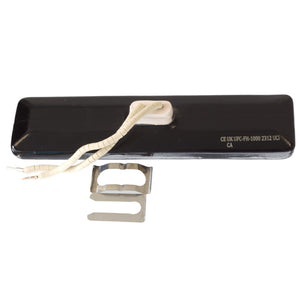
Ceramic Infrared Heater Element: Full-Size, Flat Hollow Black (245x60mm)
Regular price £15.60Regular price -
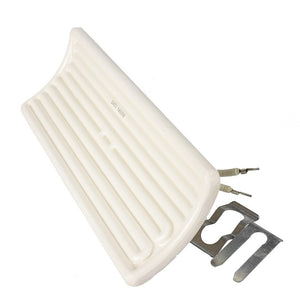
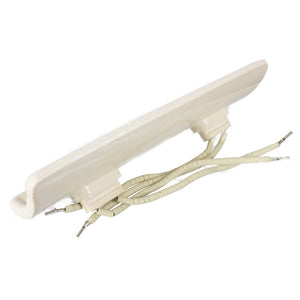
Sealey CH30 Replacement Ceramic Element: 1400W, 240V (245x100mm)
Regular price £24.00Regular price -


Ceramic Infrared Element - full size - 110v
Regular price From £16.08Regular price -
-£3.02
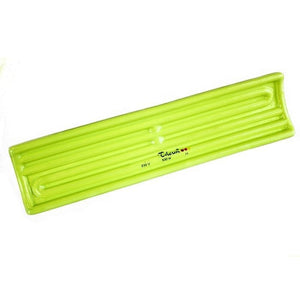
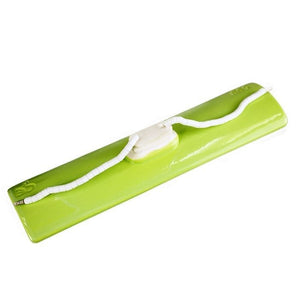
Ceramic Infrared Element - GREEN
Regular price £13.20Regular price£16.22-£3.02 Sale price £13.20 -
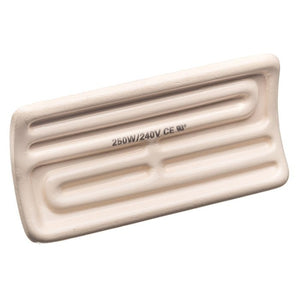
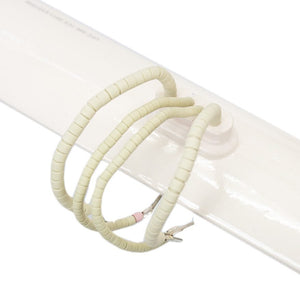
Half Size Ceramic Infrared Heating Element (125x60mm) with K-Type Thermocouple – Precision Temperature Control
Regular price From £16.20Regular price -
-£3.60
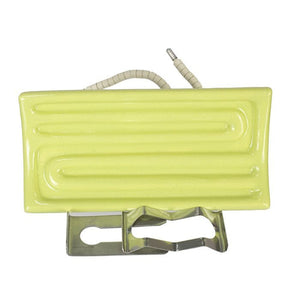
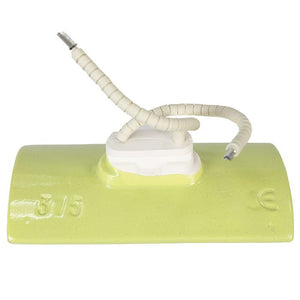
Ceramic Infrared Heating Element Green - half size
Regular price £9.00Regular price£12.60-£3.60 Sale price £9.00 -
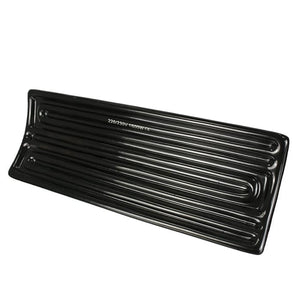
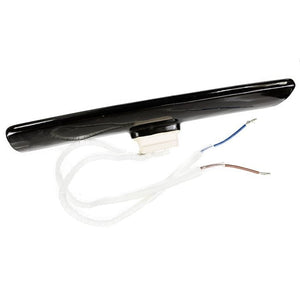
Ceramic Element - Large 1300W
Regular price £25.80Regular price -
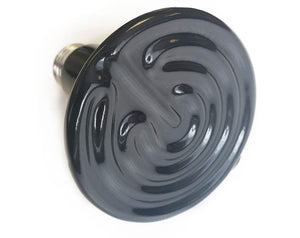
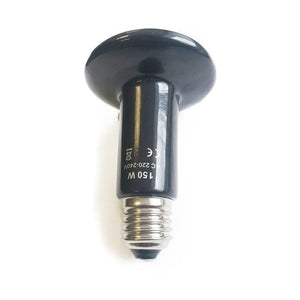
Ceramic Heating Bulbs – E27 Fitting (100W, 150W, 200W)
Regular price £6.00Regular price -
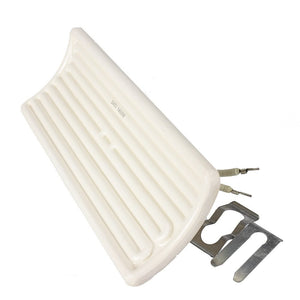
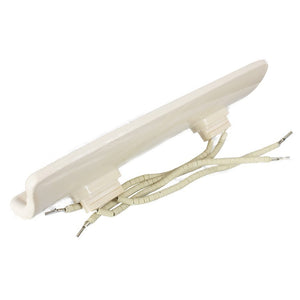
Sealey CH30 Replacement Ceramic Element: 1400W, 110V (245x100mm)
Regular price £24.60Regular price

